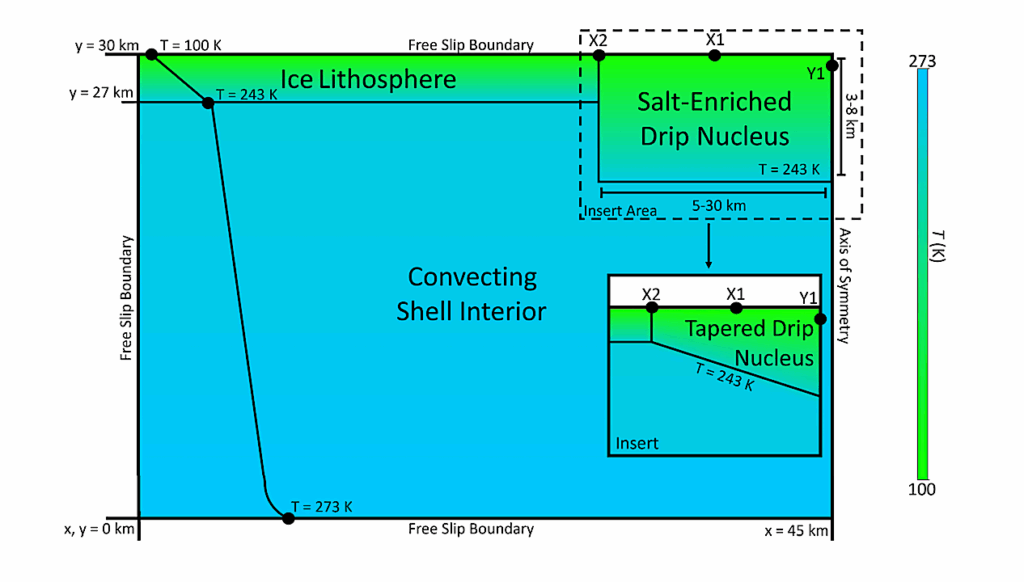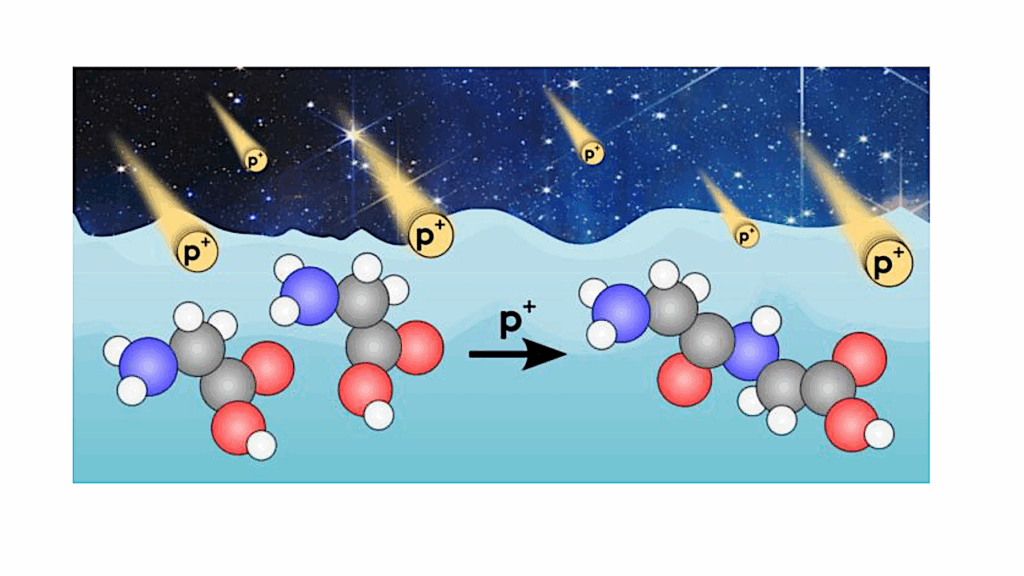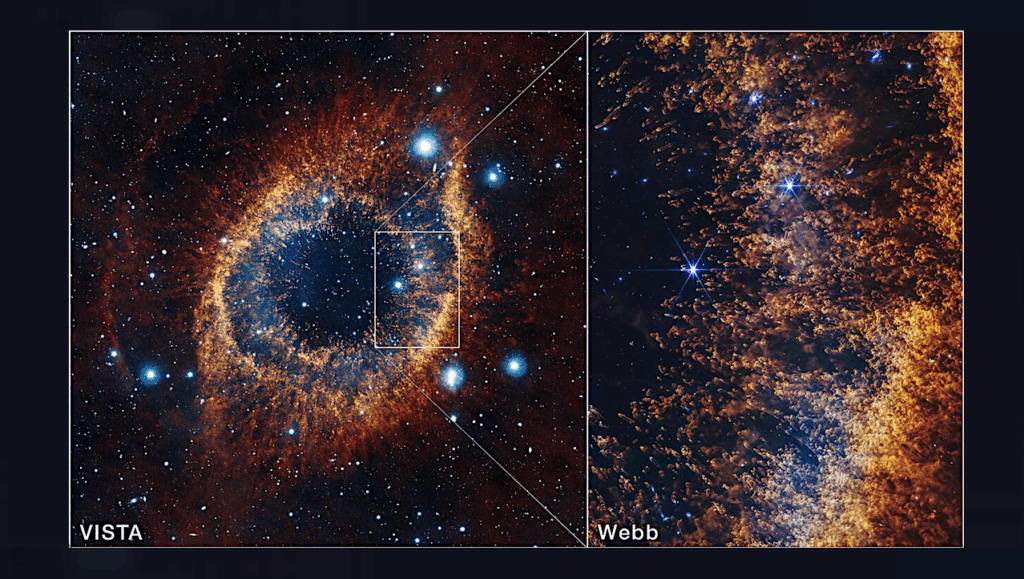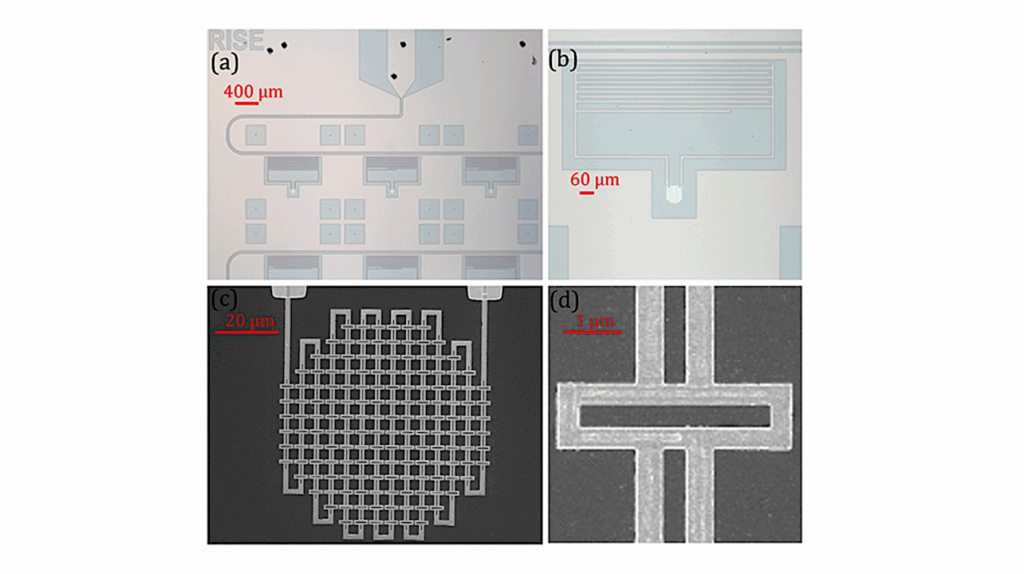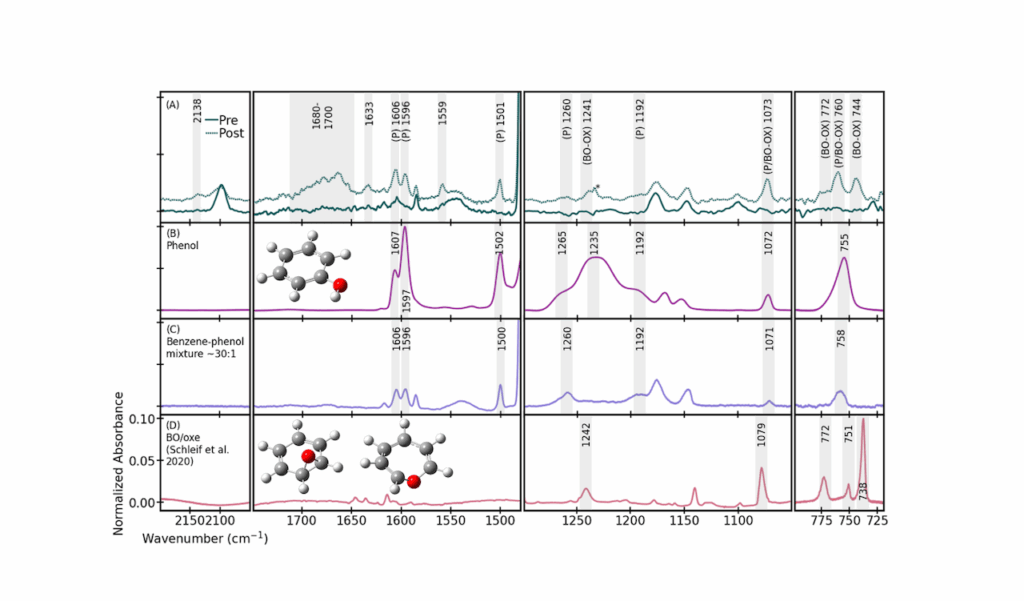Examining The Role Of Oxygen-binding Proteins On The Early Eevolution Of Multicellularity
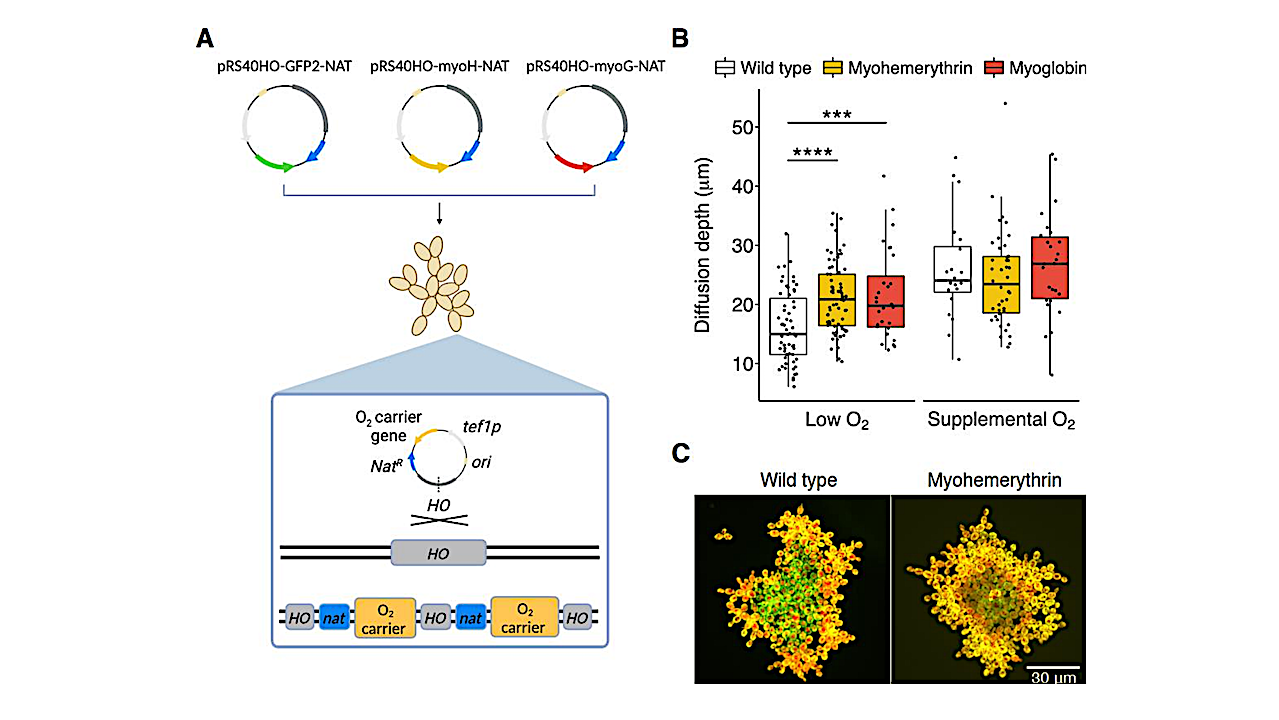
Oxygen availability is a key factor in the evolution of multicellularity, as larger and more sophisticated organisms often require mechanisms allowing efficient oxygen delivery to their tissues. One such mechanism is the presence of oxygen-binding proteins, such as globins and hemerythrins, which arose in the ancestor of bilaterian animals.
Despite their importance, the precise mechanisms by which oxygen-binding proteins influenced the early stages of multicellular evolution under varying environmental oxygen levels are not yet clear. We addressed this knowledge gap by heterologously expressing the oxygen binding proteins myoglobin and myohemerythrin in snowflake yeast, a model system of simple, undifferentiated multicellularity. These proteins increased the depth and rate of oxygen diffusion, increasing the fitness of snowflake yeast growing aerobically.
Experiments show that, paradoxically, oxygen-binding proteins confer a greater fitness benefit for larger organisms under high, not low, O2 conditions. We show via biophysical modeling that this is because facilitated diffusion is more efficient when oxygen is abundant, transporting a greater quantity of O2 which can be used for metabolism.
By alleviating anatomical diffusion limitations to oxygen consumption, the evolution of O2-binding proteins in the oxygen-rich Neoproterozoic may have been a key breakthrough enabling the evolution of increasingly large, complex multicellular metazoan lineages.
Examining the role of oxygen-binding proteins on the early evolution of multicellularity
https://www.biorxiv.org/content/10.1101/2023.12.01.569647v1
Astrobiology



